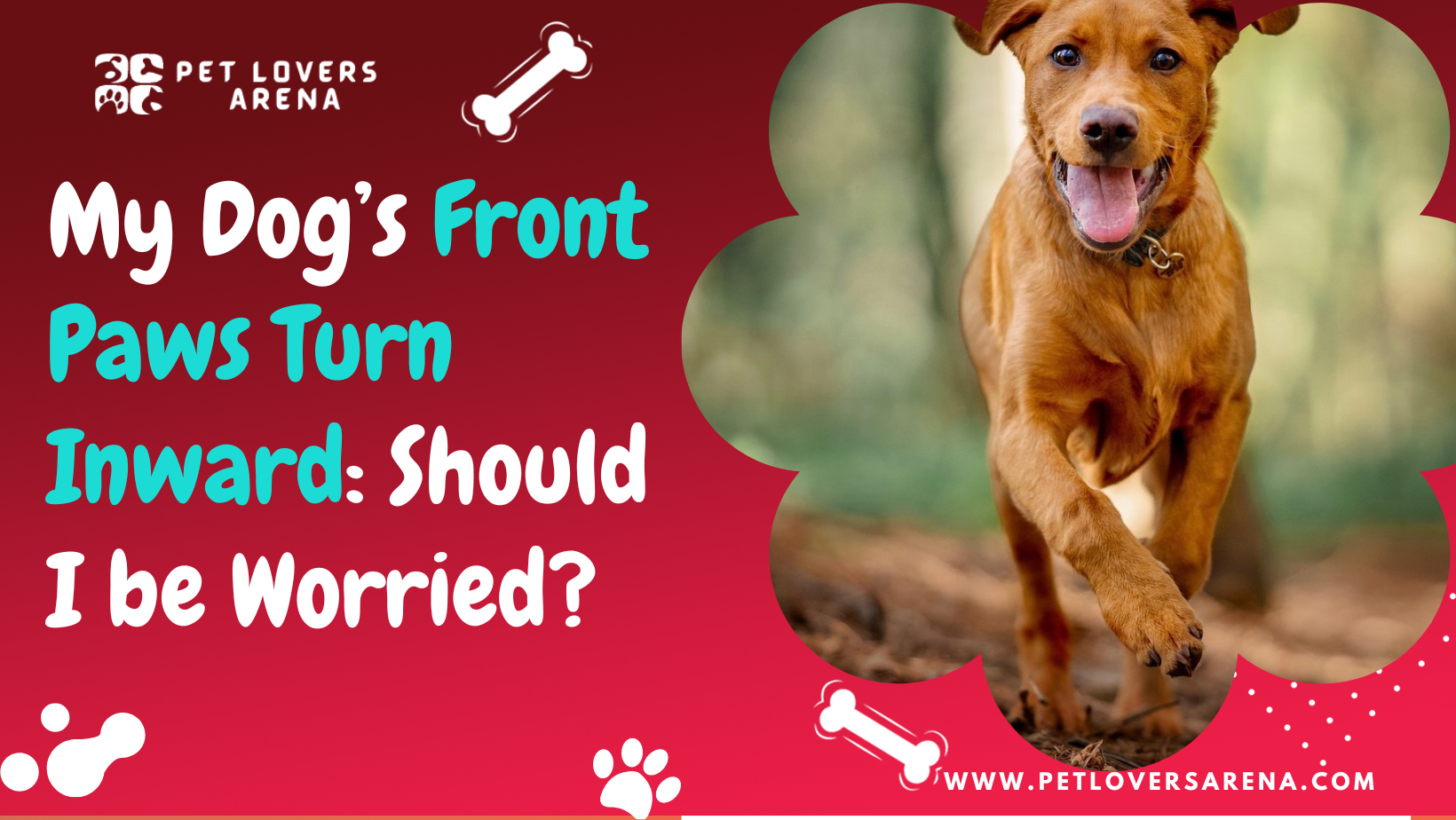If you have witnessed that dog’s front paws turn inward when they walk, you may wonder if this is something to be concerned about. One possibility is that they have an injury or condition affecting their joints or muscles.
For example, if your dog has arthritis, it can cause its paws to turn inward when walking. Other conditions that can lead to this include hip dysplasia and elbow dysplasia. If your dog doesn’t seem to be in pain and can still walk generally despite their turned-in paws, this is likely a matter of confirmation.
In addition, some dogs are born with narrower chests and shoulders, which can cause their front legs to turn inward when they walk. This is usually nothing to worry about, but it’s always best to have your vet take a look to be sure.
Mild cases may not cause any noticeable lameness or pain. Moderate cases may cause your dog to skip or hop when walking. Severe cases can cause your dog to experience severe pain and lameness.
Your dog’s breed has a big role if your dog’s paws are turning inward. However, this does not imply that your dog does not need a checkup. Inward-turning paws indicate a disorder known as Carpal Varus.
When the tendon near the carpal joint contracts abnormally, it is known as carpal vara. This anomaly is most apparent when a dog walks because it may start dragging or knuckling its paws on the ground.
This article teaches you how to recognize the reasons for inward-facing paws, how a veterinarian typically treats them, and how to take good care of your dog’s paws at home.
Why Do My Dog’s Front Paws Turn Inward?
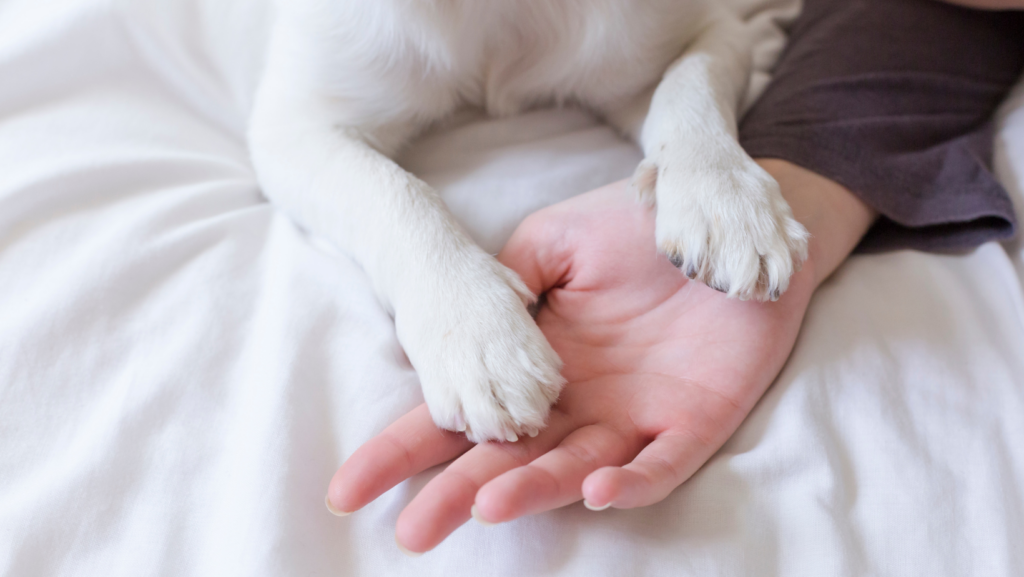
Leg deformity among pets is counted as an outcome of trauma, serious injury, or sometimes even a genetic tendency. Most dogs suffer discomfort owing to leg deformity, and the best treatment that can be given to such dogs must be pain-free and allow them to walk on their own.
However, in serious cases, it becomes impossible to treat dogs with leg deformities. Depending on your dog’s condition, you can seek treatments that suit them the best. But before that, you need to find out the reason behind your dog’s discomfort.
1. Degenerative Myelopathy
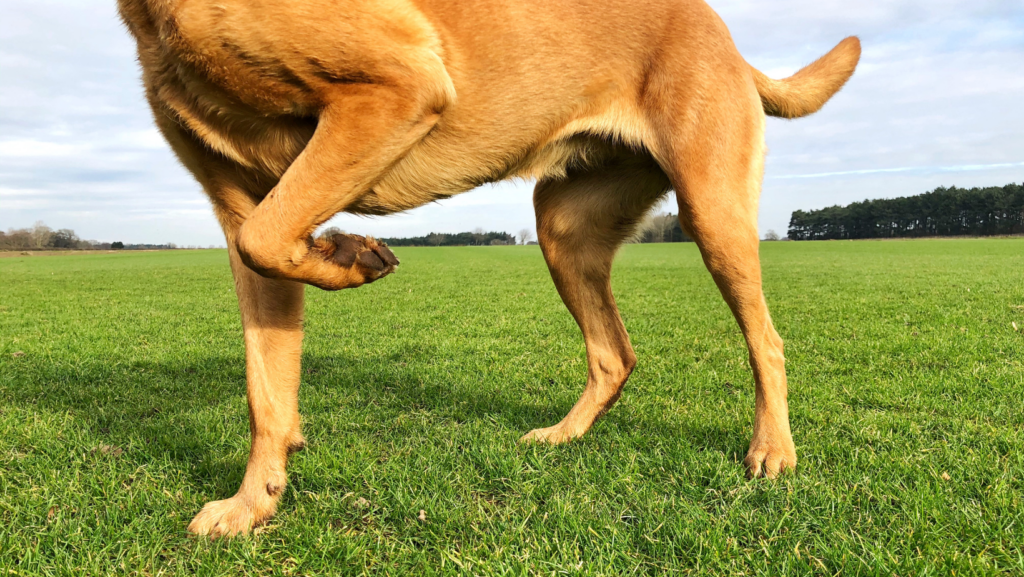
Your dog’s bones may develop a layer of white matter around them as it grows. The dog is often between the ages of 8 and 14 when it occurs.
If your dog is stumbling or having difficulty standing up, it may have a serious issue with its inward-facing paws.
Even though your dog may not experience pain right first, the condition typically worsens until it is hard for your dog to walk.
2. Soreness Or Trauma
Sometimes, we do not realize what harm we are causing our dear pets by being overprotective of them. Overtraining can be a potential cause of your dog’s concave paws.
Similarly, if they have any soreness, they may try to avoid touching the ground as it might be too sensitive.
In the case of knuckling, it may indicate that they are experiencing discomfort owing to their paws that are twisted inwards.
If you encounter such a situation, consider getting them checked with a professional vet who can provide solutions to aid their pain and suffering.
3. Disease of the Intervertebral Disc (IVDD)
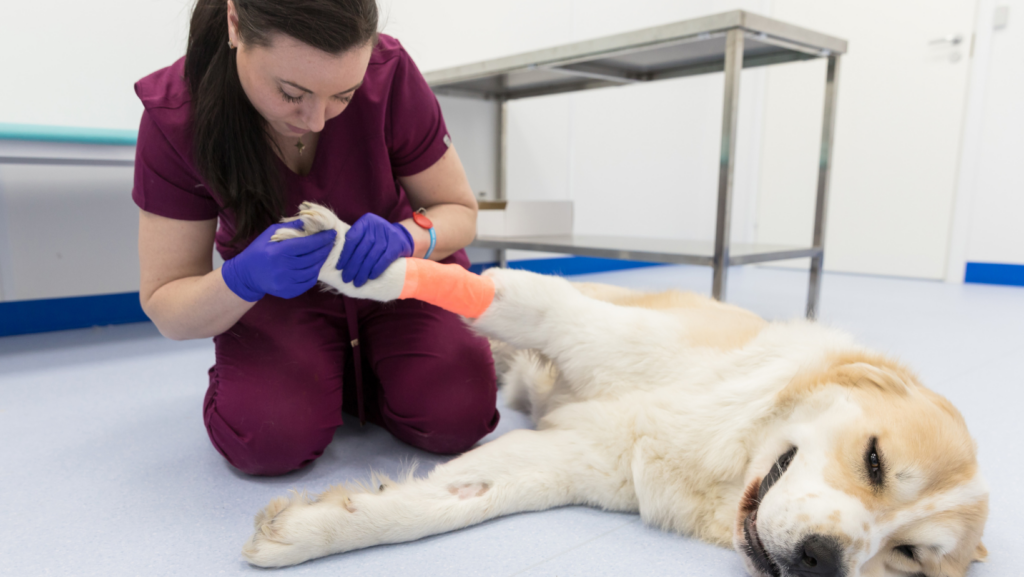
Intervertebral Disc Disease (IVDD) is one of the primary reasons why your dog could be experiencing inward paws condition.
In such a case, one needs to ensure that the dog with IVDD condition doesn’t suffer any injury as this condition makes their backs less flexible, and any injury can cause irreparable damage.
The spinal cord in dogs with such conditions deteriorates and causes stiffness and sometimes knuckling.
4. Carpal Deformities
You must check your dog for carpal abnormalities if its paws are turned inward. Puppies are susceptible to this condition as they are in the growing stage.
It is recommended to provide them with a wholesome and sensitive diet to avoid the risk of being introduced to such a condition.
If your newborn dog is under four months old, its paws can develop back into their normal shape.
It is always a good idea to get them checked out by a veterinarian to ensure no long-term issues.
5. Wobbler’s Syndrome
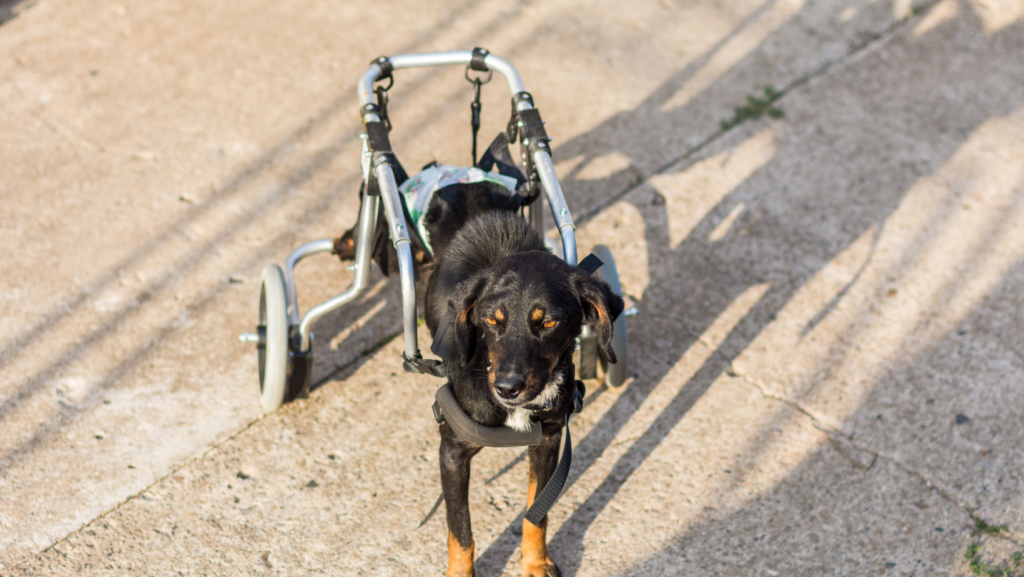
Also known as CVI (cervical vertical instability), Wobbler’s syndrome is a neurological problem caused by the spinal cord’s compression. This problem is more common among larger dog breeds.
Some well-known breeds often affected by Wobbler’s syndrome are rottweilers, Dobermans, and pinchers. Dogs affected by Wobbler’s syndrome suffer from worsening gait with time.
This cervical vertical instability can cause pain in the neck of affected dogs. This can cause your dog’s paws to face inwards, so you need to keep a close eye on it.
While in large-breed dogs, the amount of calcium a dog ingests is not the major factor that results in CVI. Instead, the amount of calcium intake can be the culprit in smaller dog breeds and, more often, in puppies.
Cervical vertical instability requires proper medical attention; at times, the treatment for this condition also requires surgery.
What Should I Do About My Dog’s Front Paws Turning Inwards?
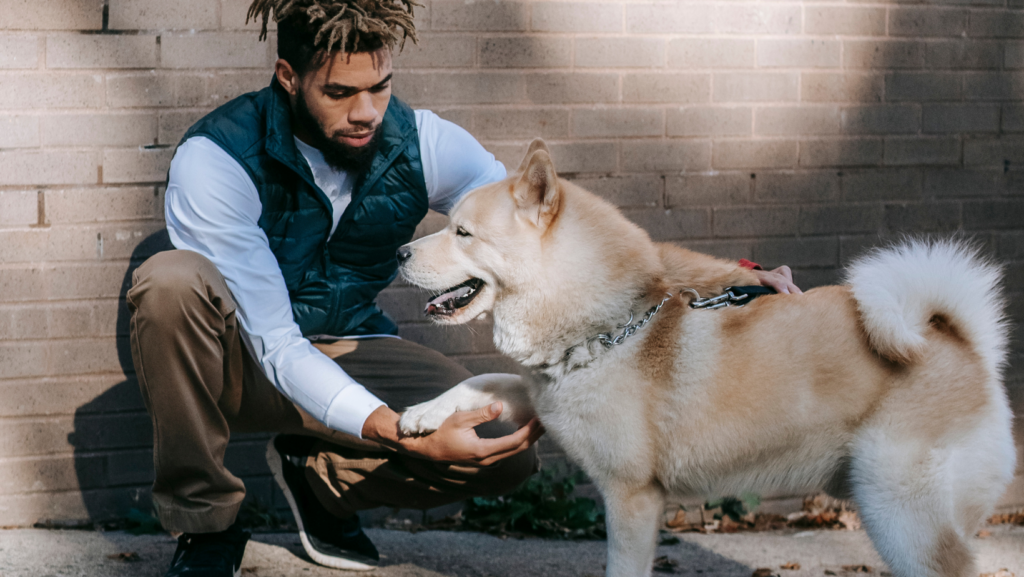
A veterinarian will typically check the paws for wounds or injuries first. This will eliminate any less serious issues.
Next, a veterinarian can identify IVDD, a disorder that typically necessitates surgery. To treat any pain, your dog may be given a variety of medications, such as:
- NSAIDs are non-steroidal anti-inflammatory drugs (NSAIDs)
- Corticosteroids
- Narcotics
- Muscle relaxants
When giving your dog medication, be sure to adhere to the directions exactly. You don’t want your dog to bite you or choke on something inadvertently!
You can get dog treats with pockets to make pills easier for your dog to swallow if they have trouble doing so.
To ensure your dog gets proper rest and recovers fast, consider getting them a dog crate that will provide a personal space for them to find comfort. The recovery period could take up to 3-6 weeks.
Diagnostic procedures, including CT scans and MRIs, may also rule out additional abnormalities or degenerative Myelopathy. In addition, X-rays are a great way for vets to understand the degree of trouble.
Changing your dog’s diet is one natural therapy that may be beneficial if no significant problems are found.
Dog boots that safeguard a dog’s feet are another choice. In addition to shielding their paws from hot pavement or snowy terrain, this helps ease joint discomfort.
A foot brace or training socks for your dog might be beneficial.
Depending on how severe the paw’s inward bend is, your dog may need to wear them all the time or just periodically.
Choose low-calcium dog food for puppies to ensure that you are monitoring their calcium intake.
Lastly, giving your dog plenty of downtime between physical activities is critical. In particular, if your dog is still young, you can successfully re-stabilize its joints by protecting its inward paws and adhering to your veterinarian’s advice.
How Can I Prevent My Dog’s Paws From Turning Inwards Again?
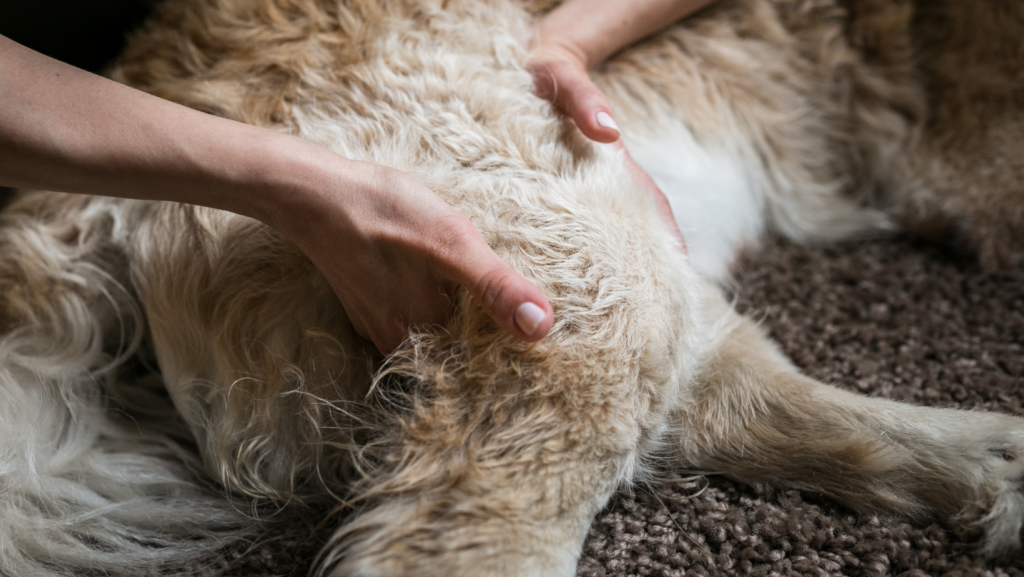
You can stop your dog’s paws from folding inwards in several ways, mainly if the issue was first brought on by physical harm or soreness.
First and foremost, giving your dog a gentle activity can help maintain her health. However, even if your dog seems to have endless energy, do not overexert them!
Your dog may find it entertaining to jump and leap from high locations, but it can also easily cause spinal or carpal injuries.
Regularly weigh your dog to monitor its weight and prevent obesity, which can lead to injury or sickness.
Your dog probably doesn’t want to go barefoot if the weather isn’t something you want to do.
If you want to prevent your best friend’s paws from becoming sore or hurting themselves while walking outside, invest in some high-quality dog boots or foot pads.
Give your dog a regular grooming, make sure the hairs and nails are short, keep things from getting tangled in your dog’s paw pads. Use these suggestions to maintain calm before it even starts!
Limit your dog’s mobility as soon as you become aware of defects. Please ensure they are in an area where they can run and dig safely and prepare a comfortable location to relax.
How To Treat Bowed Legs in Puppies?
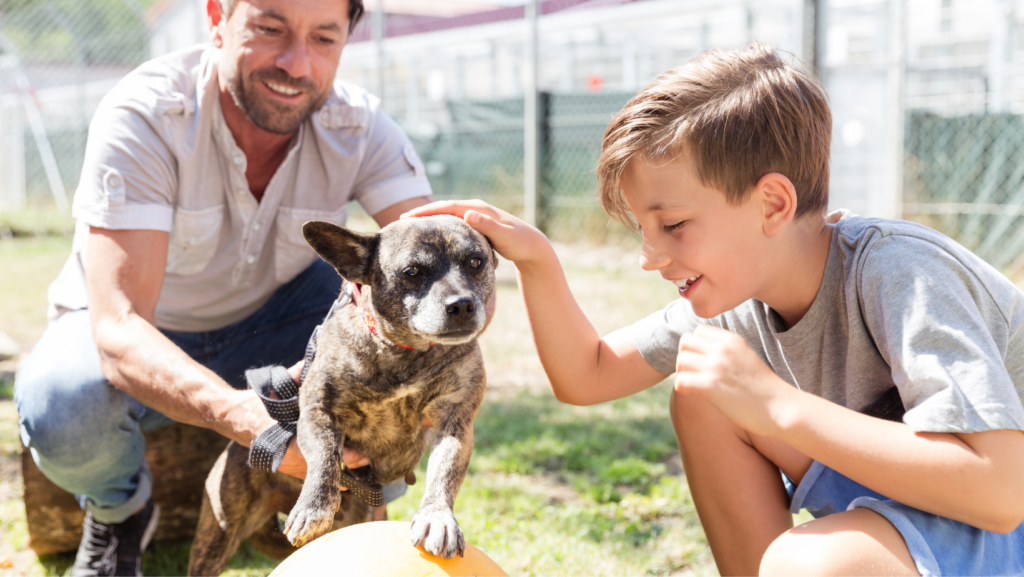
Each dog is different, and we must accept its uniqueness. However, as dog parents, we would like to do anything under the sun to keep any discomfort away from them.
You can use additional rehabilitative techniques to assist in retraining a dog whose front feet turn inside when they walk.
You may retrain your dog’s gait if they don’t have any significant injuries or illnesses. However, before trying the following, make sure you’ve ruled out all other health conditions and incredibly progressive illnesses.
Cavaletti poles are used in the physical rehabilitation of canines. Poles are stepped on by your pet, making them rethink where their paws should be. This might be advantageous for canines that don’t have spinal or carpal problems.
In the water, your dog is on a treadmill that pushes them to lift its legs fully. You can introduce them to sessions on the underwater treadmill. These are used in conjunction with training socks to aid in the strength-building of your pet.
Patterning is a way to improve your dog’s gait that requires you to move it gently. You can carry out this at home. Use training socks if you can, and be careful around your dog.
Is it Fine If My Dog’s Front Paws are Turned Inwards?
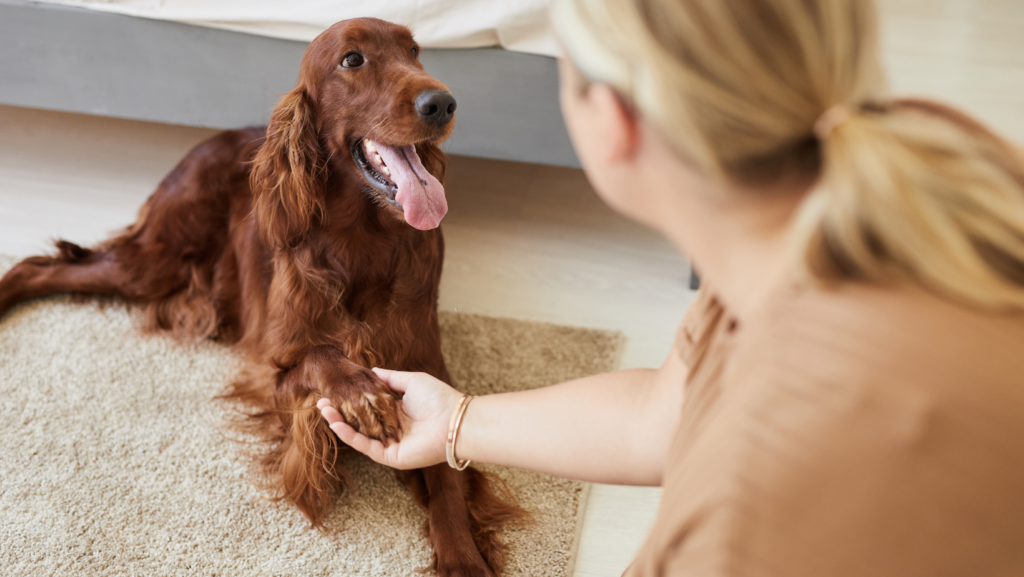
If you are one of those pet parents who wonders if it is ok to own a dog whose paws are turned inwards, let us warn you, it’s not. Instead, the front paws of dogs are supposed to be straight. They should neither be turned inwards nor outwards.
If your dog’s paws turn inwards, there is a good chance that its front paws are knuckling. Further, they will eventually bend up to some degree, making your dog uncomfortable. With time, its front legs may eventually get splayed out.
Interestingly, it is not just your dog’s front legs that should be straight. The same rule applies to its hind legs as well. It shouldn’t be inward or outward, either. So, if you find any kind of physical abnormality with any of its, be it in the front or the hind leg, don’t forget to investigate the matter.
In either case, you will need to consult your vet and let them decide on the desired course of action, which may provide some respite to your dog.
Conclusion
You may love your dog, but some things are not in your control, especially naturally occurring conditions. One such condition is if your dog’s front paws are turned inward.
In this case, you don’t have any simple solution. All you can do is ensure that your dog gets the best possible treatment to relieve the discomfort and pain caused by such a medical condition.
Keeping your vet in the loop for anything that may be bothering your dog right from the beginning is a great idea. At times, the situation is not dire, yet there are underlying troubles that can cause harm to your dog; if not, at present, then it may be in the long run.
Under the care of a professional vet, your dog can be easily diagnosed with any serious problem.
Meet Madison Phillips, your compassionate guide to pet well-being. With experience from VCA Animal Hospitals and Laxton Vet Clinics Bellaire Inc. Madison honed her skills and embraced the balance of medical expertise and compassion, through her articles, she simplifies pet care, whether you’re a newbie or an experienced pet parent.

